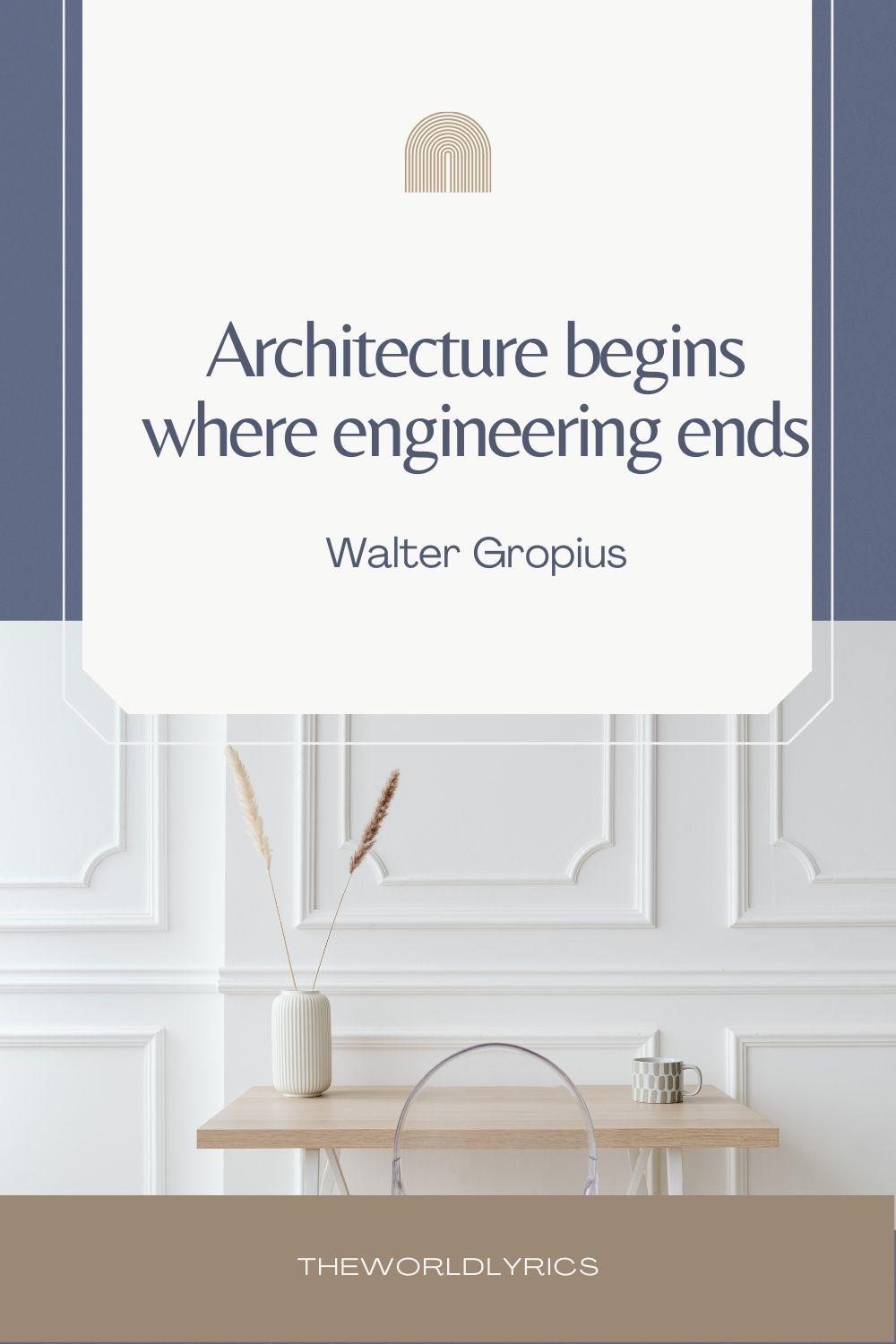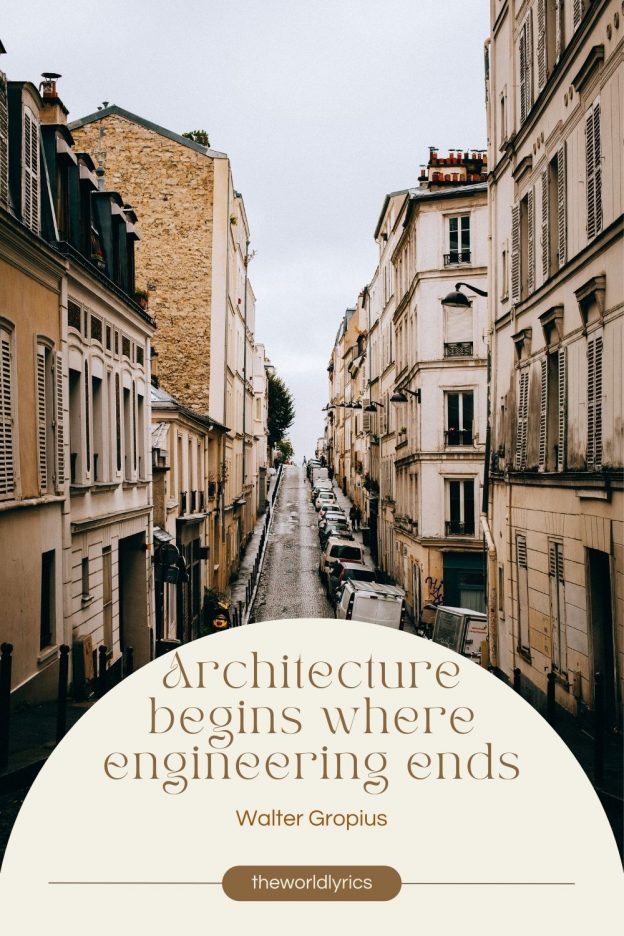Architecture has long been seen as a creative art form, but in recent years there have been increasing calls to view it more as an engineering discipline. The idea that “architecture begins where engineering ends” is often put forward by proponents of this approach, suggesting the meaning that architecture should be seen primarily as the practical application of scientific principles and techniques.
However, this perspective fails to capture the full range of what architecture can offer. While it’s true that architectural designs must conform with certain physical laws and structural requirements in order for them to function properly, these are only part of the equation when considering how buildings should look or feel within their environment. Architecture also involves making aesthetic decisions about materials and finishes; designing spaces which take into account human behavior; creating visual harmony between different elements; responding appropriately to climate conditions; integrating building systems such as plumbing and ventilation – all areas which go beyond simply applying technical knowledge or following predetermined rulesets.
In short: while some aspects of design may rely on engineering principles alone, others require creativity – something which cannot be taught through textbooks or formulas alone but instead requires sensitivity towards both form and function along with an understanding of cultural context too. To suggest otherwise would be a disservice not just to architects themselves but also those who inhabit their creations too!

The quote “Architecture begins where engineering ends” is attributed to Walter Gropius, the founder of the Bauhaus school in Germany
